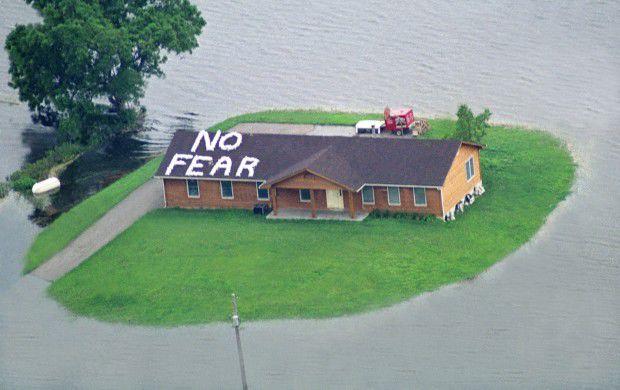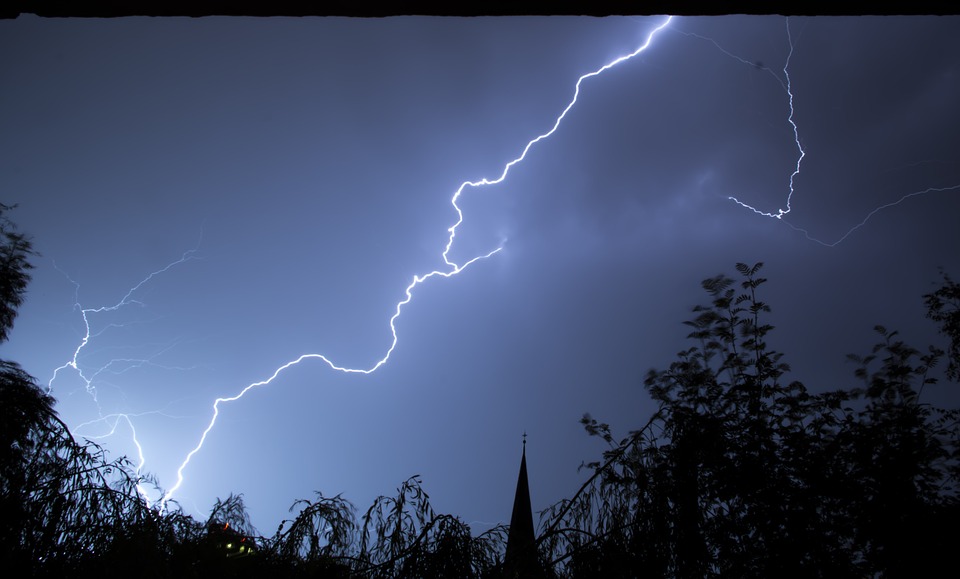I recently posted an article on lessons learned while covering the midwestern flood of ’93. It was an intense time for much of the region. We lived and breathed coverage for months. But luckily for me I had a news director who also understood that we had to help the community rise out of the floods with coverage of some stories that were not flood related.
This newsroom, like many today did not have a lot of resources. And we were budding journalists, so source building was not something we really knew how to do. Our news director leaned on the management team to help coach and find those other relevant stories. At first it was a couple a week. Then one a day, and slowly as the water receded and people started rebuilding, our newscasts took on a new shape as well. Many of us feared that once you covered something that frankly was so easy to go out and find information about, it would be hard to transition into showing viewers we could find highly relevant stories on other subjects. But the prep work our managers did planning and coaching on beats helped make the transition easier.
Your newsroom is likely filled with more seasoned journalists than mine was back then. But I am going to argue that if you take a moment and really think about the last few years of news coverage, your room lost site of finding the very important factual events going on in your community. A lot of the industry has turned to reactionary coverage, often influenced by what’s trending online. What if, as you start to transition to more ‘normal coverage,’ you take the time to let some of your source builders look for great gets? I know we are entering surge time for COVID-19 in many areas of the country, but I want to plant this seed early. Once there is a dip, do you have reporters ready to tackle other relevant stories? Education, economic, financial and housing stories are going to be very important in the months to come. Why not take a crew out of rotation every day or two and have them start gathering information and sources on these key subjects? Maybe they turn a vo or vo/sot now. But once the surge ends you can lean on them for key coverage.
Chances are you have a lot more viewers sampling your newscasts and websites than usual. As important as it is now to “own” coverage, you will only have a small window to win over those samplers and turn them into loyal viewers once COVID-19 coverage winds down. It is crucial to come up with plans to transition out of the coverage in terms of manpower and relevant stories. These samplers came to you for facts. Many are not loyal TV news viewers. But desperate times set off a deep psychological need for information. Look for ways to help some of your star reporters find informative, compelling stories that they can run with as the coverage eases up. That way your momentum stays up. The viewers see that you can bring all kinds of important information to them even when there’s not a pandemic. We cannot assume they think that now. Too many polls have shown that Americans have lost faith in news. It’s time to try and bring them back. Start having some key people in your newsroom source build and gear up to be ready while others continue with daily coverage.
The stations which plan ahead and come up with transition scenarios to maintain high quality enterprise stories that show deep community roots will win. The stations which fly by the seat of their pants will showcase that flaw as the news of the day gets more run of the mill again. A little organization will go a long way to keep more of that sampling audience. So start thinking transition now.



